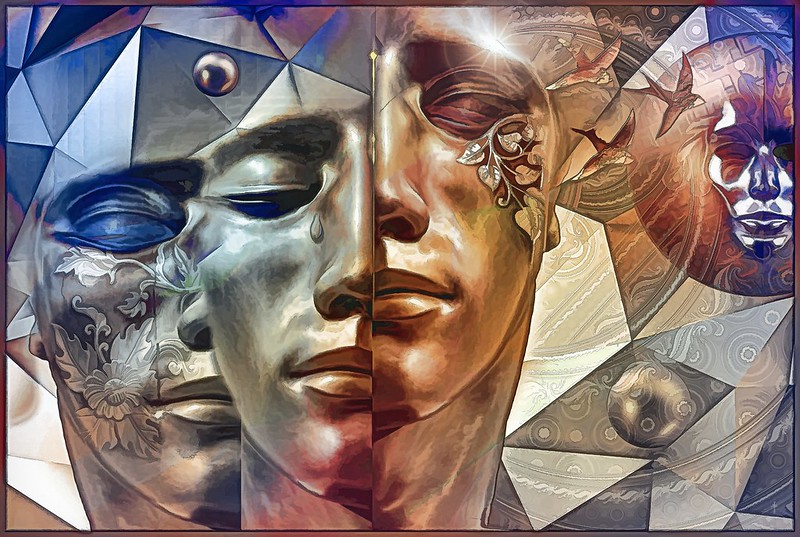
WHICH SELF? (Another Un-Seeing Exercise)
I bet you’ve heard it more than a time or two, from moms, dads, assorted other relatives, besties, advisers and counselors of all sorts.
“Be yourself,” we’re urged, and the person telling us this stuff usually has a kind of self-righteous look on their face, as if they’ve imparted some grand wisdom saying or other.
You’ve probably even given out this specious piece of advice your own self – usually to someone who has been plucking at the one single nerve you’ve got left, after you’ve been all empathetic and compassionate and caring in the face of all of their self-doubts and whining and moaning about how unsure they are about getting on with walking through some social situation or other that is new to them.
You’ve already run through every good and practical suggestion you could think of, been subjected to every “yes-but” under the sun, and listened (yet again) to the same interminable loop-de-loop until the words run all together and you just can’t help yourself.
It sounds so simple, that advice. Too bad it’s not.
YOU’VE GOT MORE THAN ONE SELF, YA KNOW….
The problem is you’ve actually got more than one “self.” All the ancient wise guys and the guys and gals in the white lab coats have told us this or something similar as they slice and dice the human psyche six ways from Sunday.
I just ran across a TEDxTalk published in 2013 that features Caroline McHugh, the founder and CEO of IDology. It seems to be her one contribution to the Internet world. (I figure she’s too busy getting on with her real work of helping other people figure out how to manage and develop themselves better.)
It’s a bit long – 26+ minutes – and is the best free-ranging, spot-on exploration of the concept of Self (or rather, Selves) that I’ve ever heard by a witty, warm woman who, with her team, has spent more than a couple of decades now helping business leaders and organizations from Mastercard to MTV to “embrace the idea of being original versions of themselves.”
In the YouTube video, McHugh introduces us to the different parts of us.
- There’s the Self you show to other people, how you impinge on another person’s consciousness. How other people see you depends on the contexts of the situations you’ve experienced together. Your moves and behaviors that shape their perceptions of you very often are the result of the circumstances in which you are with them.
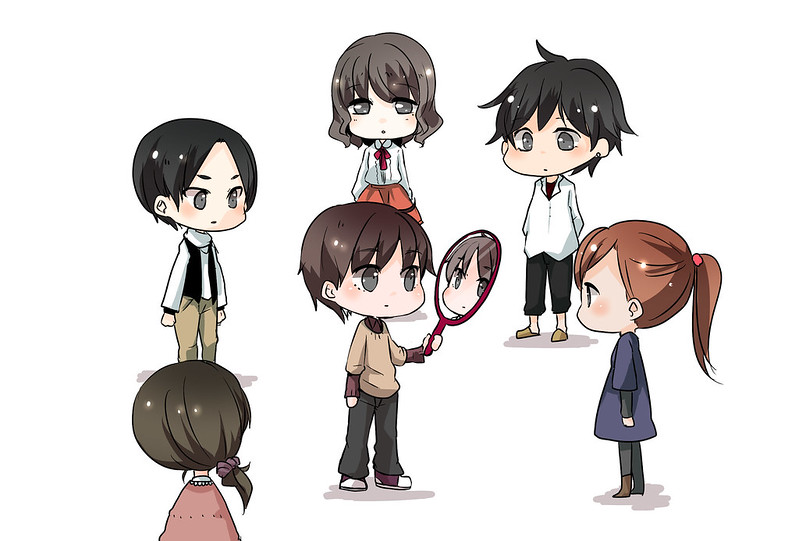
- There’s the Self that is your “wish image” – how you would like other people to see you. If you do it right, you can actually become that self and keep on growing and becoming better and better at what you already are, McHugh says.
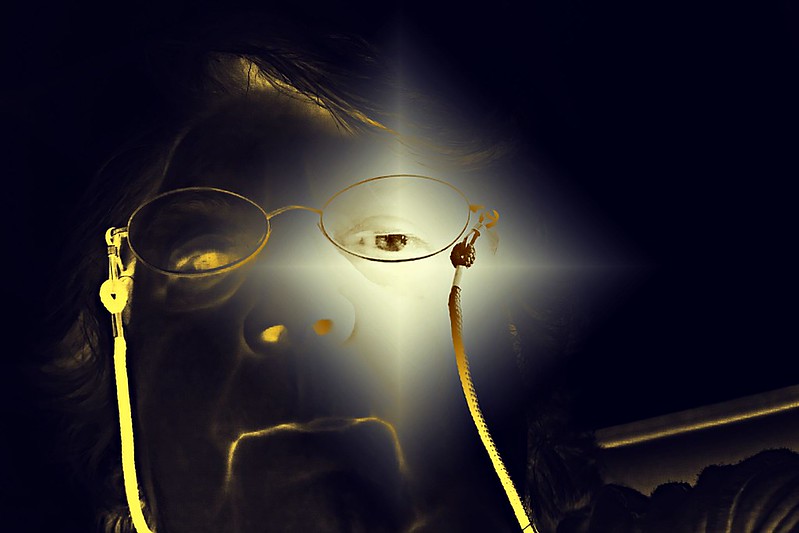
- There’s the Self that reflects what you really think of you. This one depends, from one day to the next, on how you are feeling about yourself, your actions and the life you are building. Some days you’ve got your Inner Top Sergeant stomping all over your head. Other days it’s all rainbows, unicorns and Living the Dream.
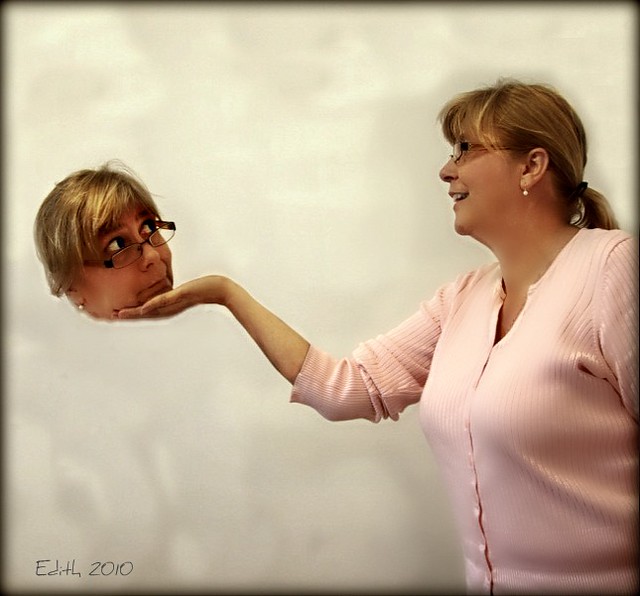
- Then there’s the real, unchanging you – the Self that came into the world trailing clouds of glory, the you with all of your core values and your likes and dislikes, the you with a message for the world.
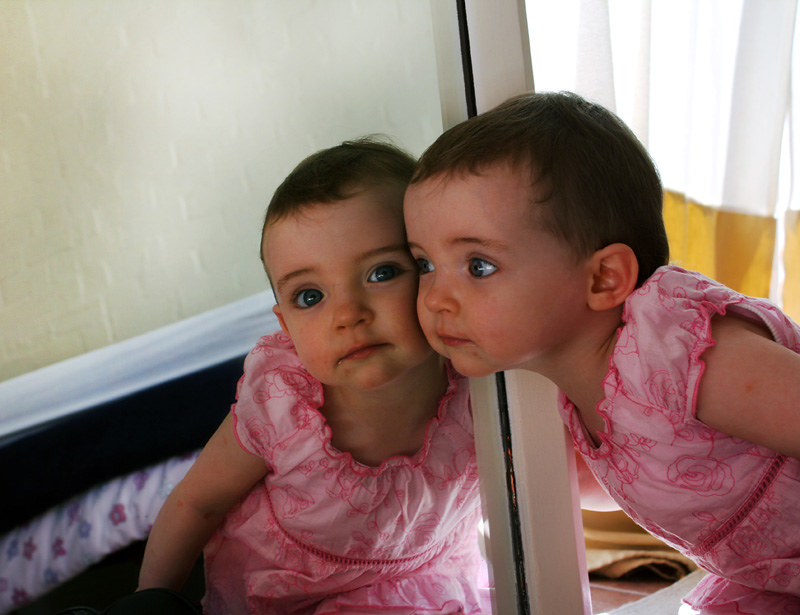
You can click on the button below to watch the TEDxTalk by McHugh.
AND THEN THERE’S THE MAD POET
Edward Estin Cummings (1894 – 1962), often styled as “e e cummings,” in many of his published works, was considered by his contemporaries to be an American master of avant-garde experimental poetry. He was also a painter, essayist, author and a playwright.
The man wrote an estimated 2,900 poems, among other things, many of them surprisingly popular with regular folks even though they were not traditional poems by any means.
Cummings’ experiments with poetic form and language, juggling syntax, grammar and diction, and even coining words when the regular ones couldn’t do the job he wanted them to do, made his work dance and soar and sing.
I fell in love with the guy right away, back in the day when I was a teenager and susceptible to crushes.
His themes were traditional, and perhaps even somewhat passé. He explored love and childhood and flowers. He revisited the ordinary, the clichéd, and the goopy stuff, making them somehow extraordinary, reveling in the joy, growth, and transcendence that he felt was a large part of being human.
He also spent a lot of time attacking mass mind, conventional patterns of thought, and society’s restrictions and limitations on free expression. Group conformity, herd mentality, and commercialism were favorite targets of his derision.
Starting in 1952, Harvard University asked Cummings to deliver the Charles Eliot Norton Lectures at the university. It was a way to honor one of their famous alumni.
After he’d delivered six, very personal “nonlectures” over a two-year period, Cummings published them in a book, I: SIX NONLECTURES, that was probably his only formal attempt at an artistic autobiography.
The 1953 book was reissued in 1991 by Harvard University Press.
I have to confess that the guy has had a great influence on me. In my younger days, my guiding star was a quote of his:
“To be nobody but yourself in a world which is doing its best night and day to make you everybody else means to fight the hardest battle which any human being can fight and never stop fighting.”
That one became my own “Good Fight,” the one that overrode all of the others for me through the years. Those words spoke to me at a young age and they gave me what became the foundation for my own search for the meaning I wanted to make with my life.
I was pleased to find the words again on this YouTube video, “A Poet’s Advice to Students,” (1955), which is a part of the collected readings by the poet included on a two-vinyl LP by Caedmon Records, “E. E. Cummings Reads His Collected Poetry 1920 – 1940 and Prose,” that is a part of the online DisCogs collection. The video was uploaded to YouTube in 2018 by Franklin Alexander.
In the video, cummings also shares his thoughts on how and why someone might even want to become a poet. He is not particularly encouraging about the whole enterprise.
FINAL THOUGHTS
My own thought on all of this is that self-awareness is a lot more complicated than you’d think. No wonder the assorted explanations from all the wise guys and smarty pants in the world who look at these explorations of Self then hand out advice of one sort or another tend to get us ordinary sorts all tangled up and confused.
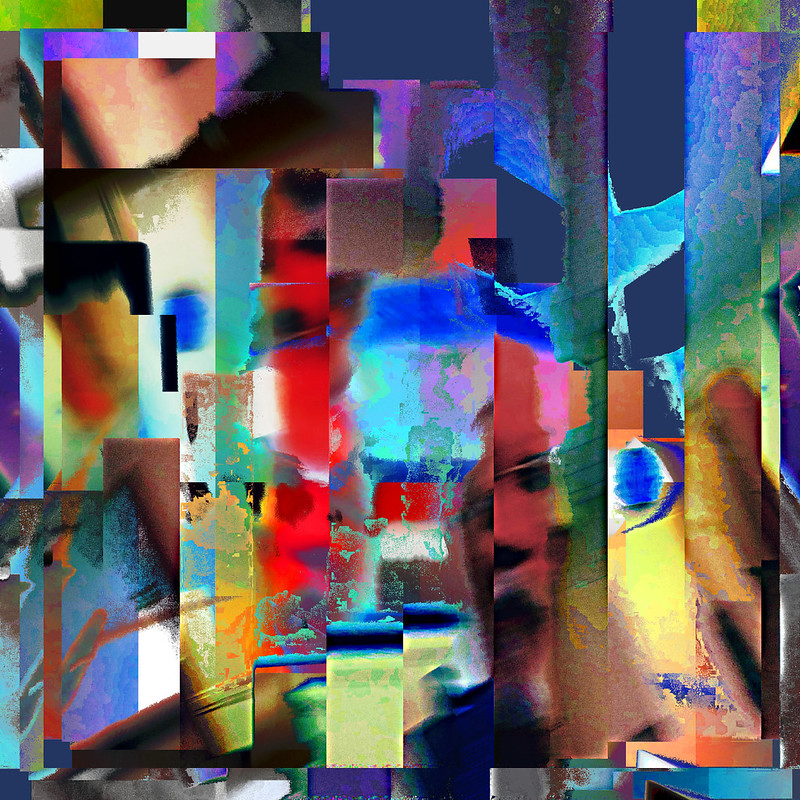

I figure that last part is probably easier. After all, us humans are just like snowflakes. No two of us are alike, but (unlike snowflakes) we can make it all up as we go along.
And isn’t that a cool thing?
Here’s a poem:
AUNTY LAYS IT OUT FOR BABY GIRL
Did you get that, Baby Girl?
Jump into the dragon’s mouth and you will get bitten
(Comes with a lifetime guarantee).
Jump-Chomp! Jump-Chomp!
(Simple as a-b-c, easy as 1-2-3.)
Don’t jump and you stand on pointed toe,
Twirling ’round and ’round,
Little ballerina, all sparkly pink tutu and attitude.
Smiling through the pain…nothing gets YOU down!
What a choice!
It ain’t fair!
You can be lizard-food
Or you can have gorgeous hair,
Tap dance on the monster’s tongue
Or get all dizzy ’til the music box spring gets sprung.
So, tell me, Aunty….
Is there, maybe, some OTHER choice?
By Netta Kanoho
Header photo credit: “The Laws of Ion’s Transcendence – The Third Law – Twin Souls” by Daniel Arrhakis via Flickr [CC BY-NC 2.0]
……
SOME OTHER POSTS TO EXPLORE:
(Click on each of the post titles below and see where it takes you…)
- PERSONAL BRANDING JAMMIN’ — TAKE 2
- STOP CANNING YOURSELF (No Elevator Pitch)
- CANCEL THE SEARCH FOR THE ONE TRUE SELF
……
Thanks for your visit. I’d appreciate it if you would drop a note or comment below and tell me your thoughts
8 thoughts on “WHICH SELF? (Another Un-Seeing Exercise)”
This article Which self? was really very interesting to read. I call these different types of ourselves different roles. And we have as many roles as we have relationships.
The first relationship is the relationship to ourselves. In this relationship we are the most genuine and sincere, at least for the most part, and all other relationships are conditioned by the roles we have (e.g. mom role, sister role, friend role, coworker role and so on).
And I, too, adore poetry, one of my favorite poets of all time is Walt Whitman. I haven’t read much of E. E. Cummings ’poetry yet, thanks for introducing him in this article.
I wish you all the best
Nina
Nina, thank you for your visit and for sharing your thoughts. I like your concept of dividing the Self into various relationships/roles. I do agree that could work well too.
Please do come again.
To “be yourself” can be hard if you do not even actually know who you are. So you first need to find out who you are, and start the journey of self discovery and self awareness, before you try and figure out how to “be yourself”.
And we have so many different roles that we have to fulfil, being a mother, grandmother, sister, lover, confidant, that it can become difficult to distinguish between the different roles. And still be yourself.
I am not familiar with the works of E.E.Cummings, the poet, so thank you for introducing me to him.
I am pleased I was able to introduce you to e e cummings, LineCowley.
My own take on the whole “self-awareness” thing is mostly a growing feeling that the self that I am is just whatever shows up in response to Life-Its-Own-Self. The bottom-line (for me anyway) is that all of the ways I respond to Life is some part of me, and I can accept it for what it is…or not.
I’m also getting the feeling that it doesn’t matter much whether I choose to accept all the bits or not. It’s still all just part of the me that I am. Getting judge-y about it all is just distracting, I think.
My major thing is trying to figure out how to use all the richness of me to meet and greet Life and all of the other folks littering up the place who also have an incredible richness about them.
I tend to try to work out how to live gracefully and well through it all, and spazzing about the self-stuff tends to trip me up a bunch when I waste time denying what’s there rather than figuring out whether I can use it to help resolve some situation or other.
It sure can get interesting!
Please do come again.
“To thine self be true” is all I could hear ringing in my ears as I read this. Shakespeare’s Hamlet showcased this line and it has always stuck with me.
This was such an interesting read and the poem by E.E. Cummings I have read before and also has a haunting effect I must admit.
It’s true that we all have roles in our lives that need fulfilling but for me I strongly believe we waste our God given talents and ultimately become the support behind making somebody else reach their full potential.
There is absolutely nothing wrong with making yourself happy first and loving yourself before you can be all things to everyone. And getting to know your creator too will play a big part in this process of self discovery.
Thank you for this posting this thought provoking topic.
Janine, thanks for the visit and for sharing your thoughts. I’m glad the post resonated with you.
I’m not sure that I agree that it’s a “waste” of our God-given talents to help someone else reach their full potential (mostly because I’ve known several people whose Happy seems to be doing just that). Everybody does the dance their own way, I suppose.
I do know that “being all things to everyone” is probably an impossible goal. (OOH! My head aches just thinking about that!)
Thanks for giving me thoughts to ponder too.
Please do come again.
This poem was such an interesting read. I actually resonate with your thoughts on self awareness being very complicated.
I’ve been struggling for a long time with getting into knowing myself completely and when I discuss this with people they think I’m insane so this poem really is a great read for me.
Seeing the quote, “you’ve actually got more than one self” makes every thing make more sense. Thanks a lot for this write up.
Enid, thanks for your visit and for sharing your story. I am glad the post helped.
Plese do come again.